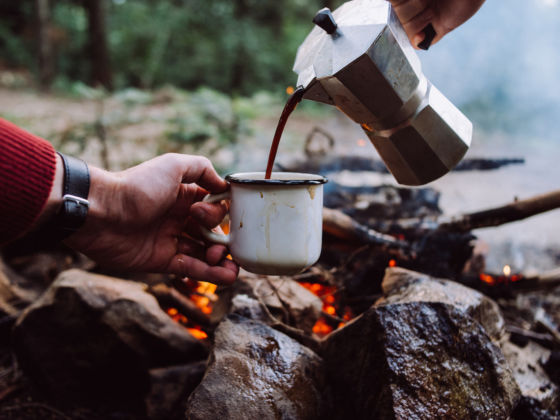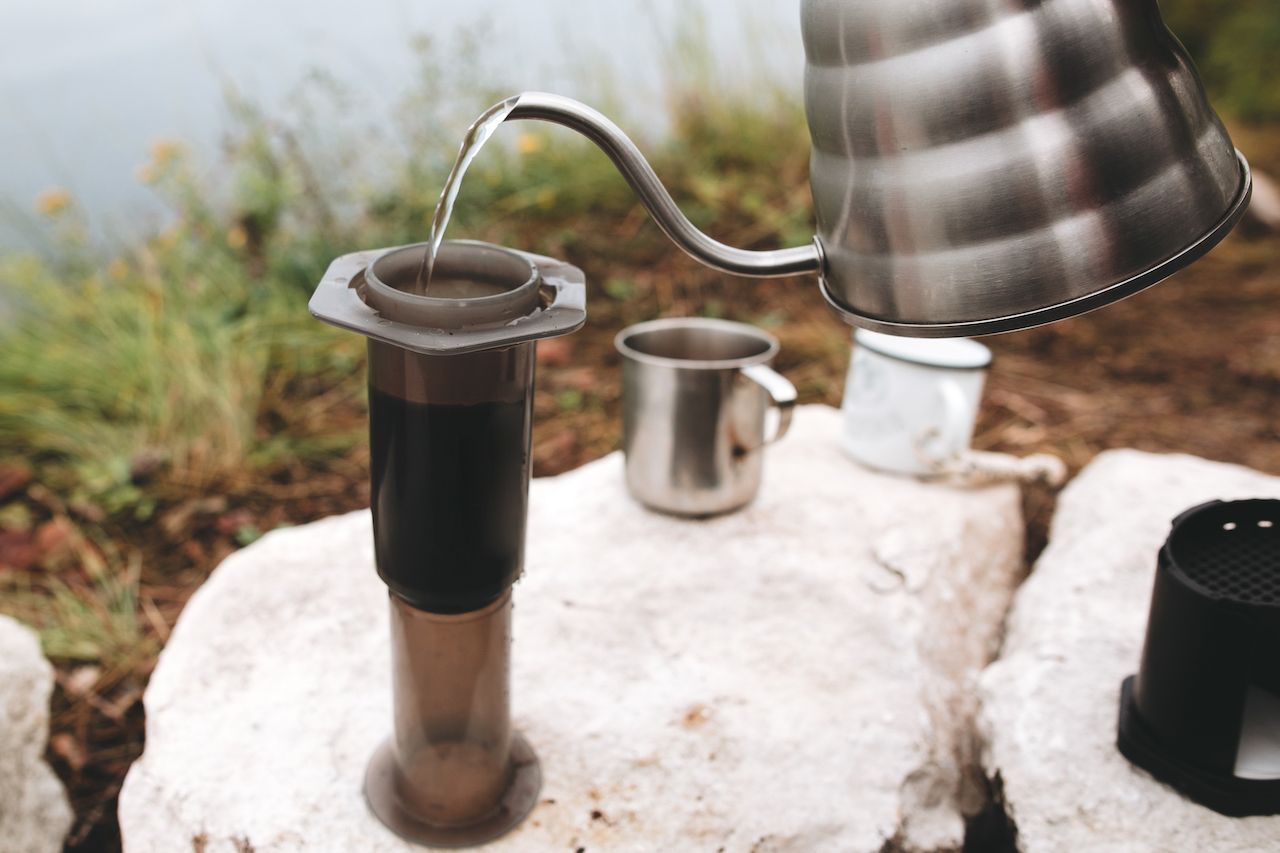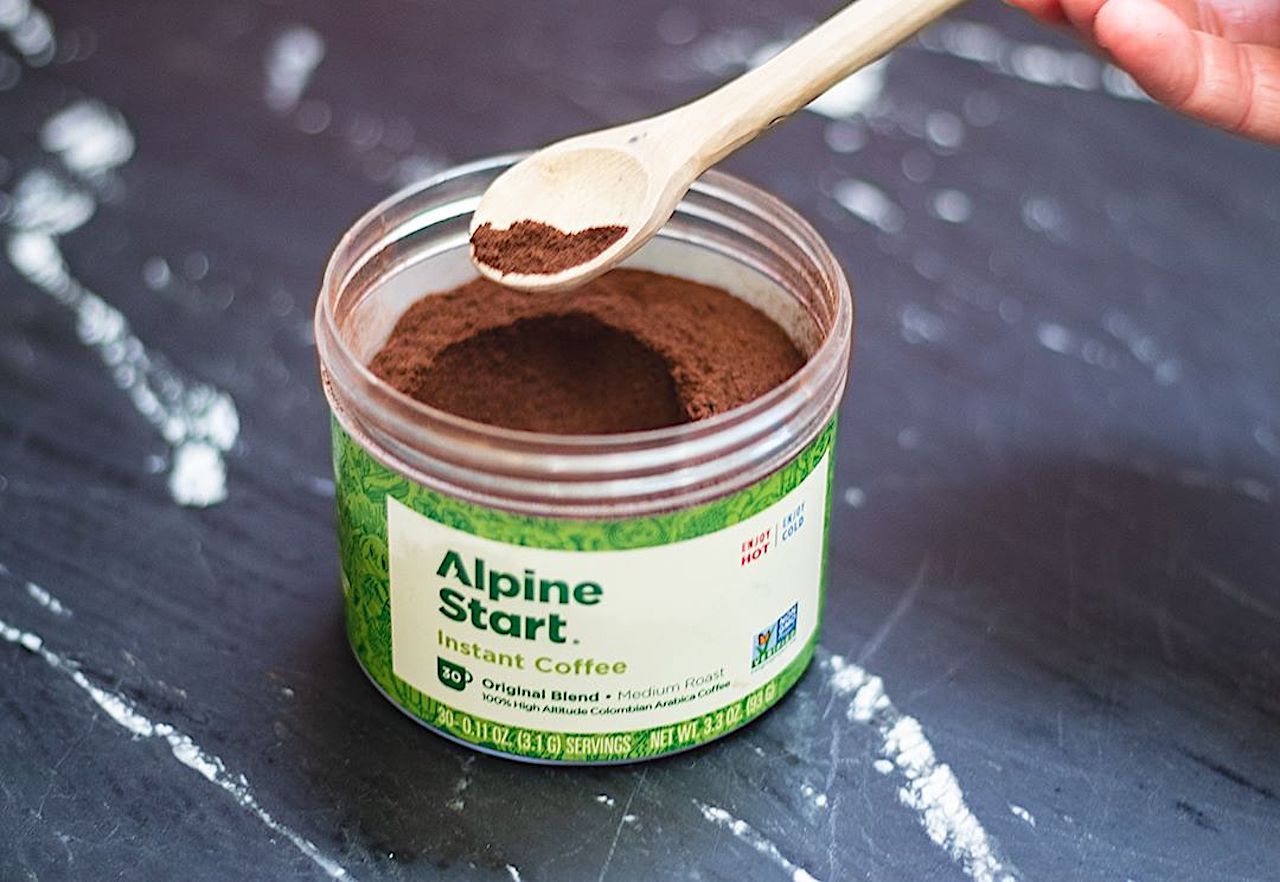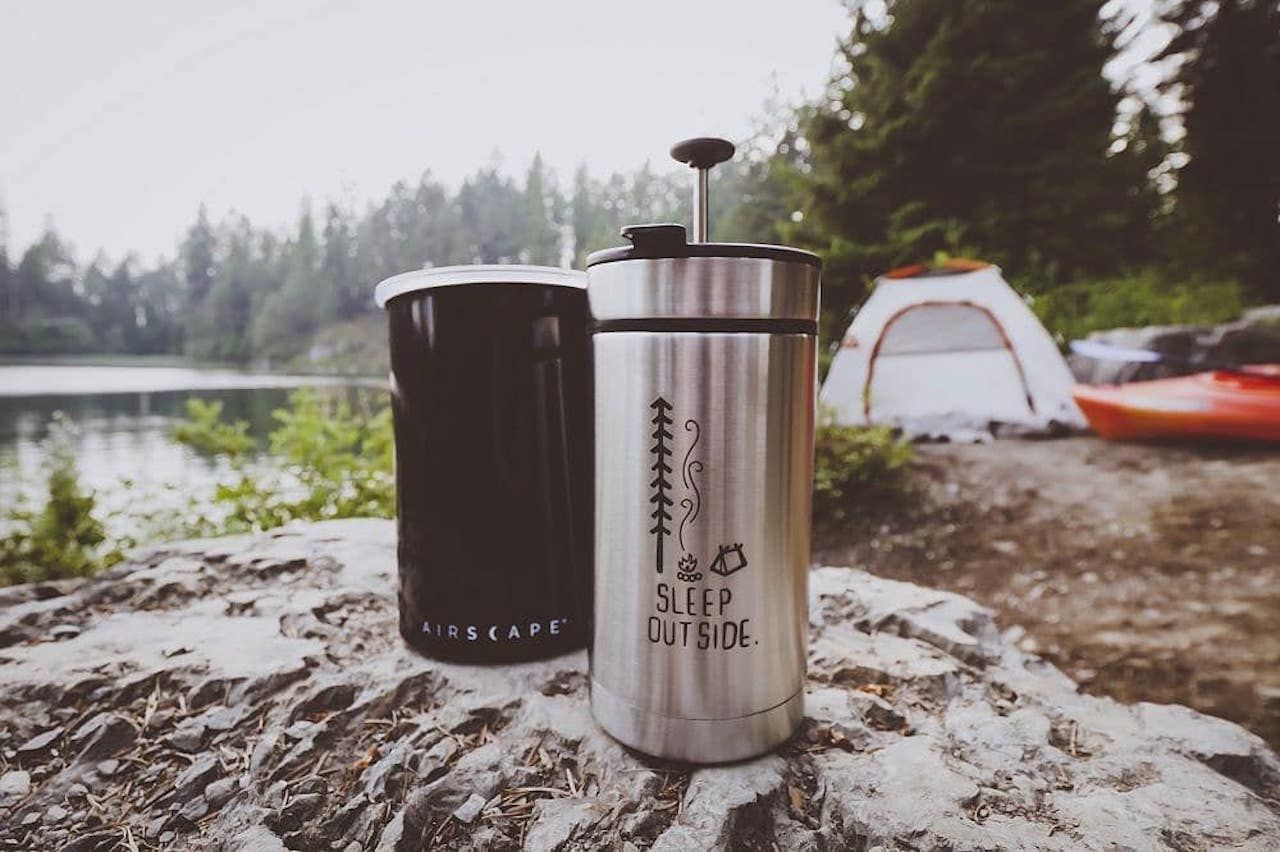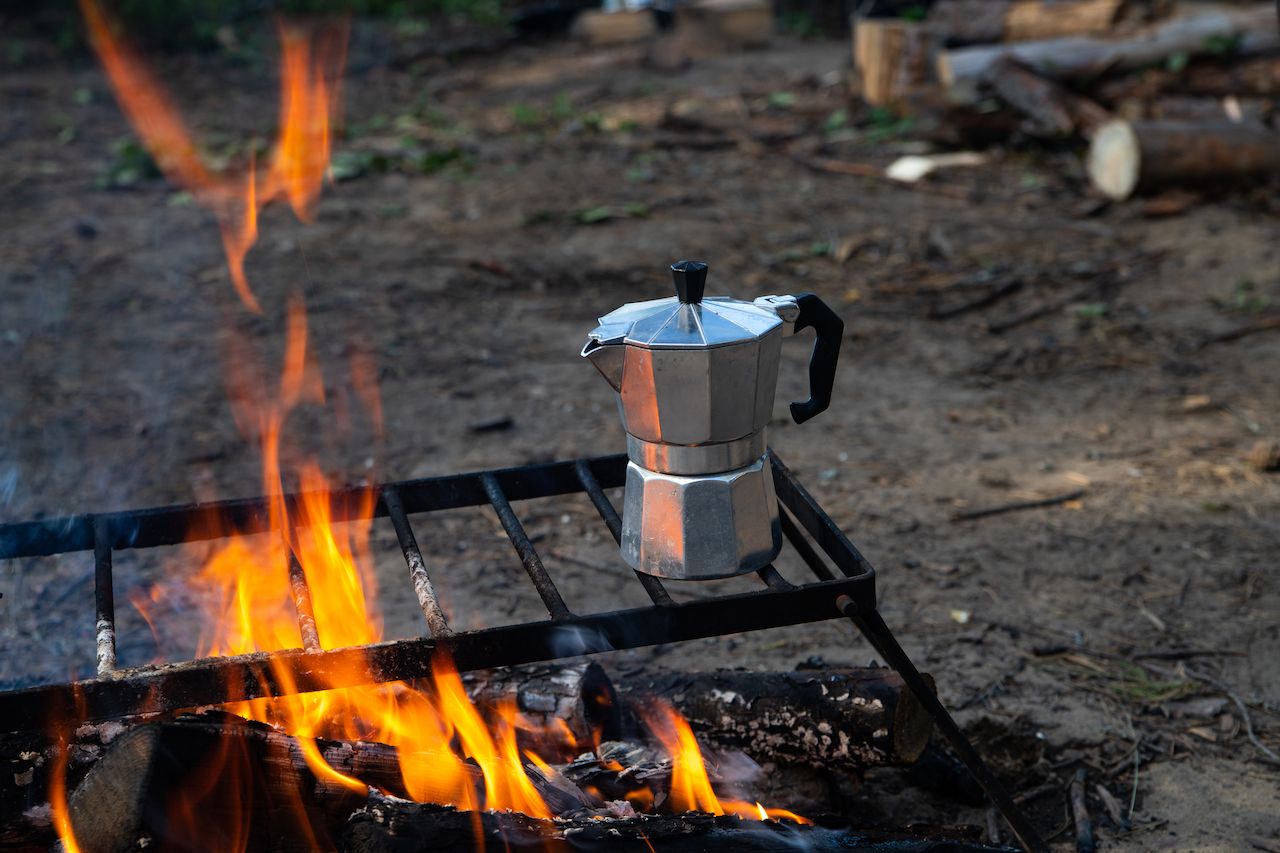Good coffee isn’t just for coffee snobs anymore, and people are no longer restricted to specialty cafes when looking for something better than the average drip. Quality coffee can be had just about anywhere — including campgrounds.
“While camping, you have the convenience of making coffee similarly to how you would make coffee in the comfort of your own home, only you are in the great outdoors,” says Jackie Newman, vice president of the New Jersey-based specialty roasting company World of Coffee. “Surprisingly, not many modifications need to be made in order to do it right.”
